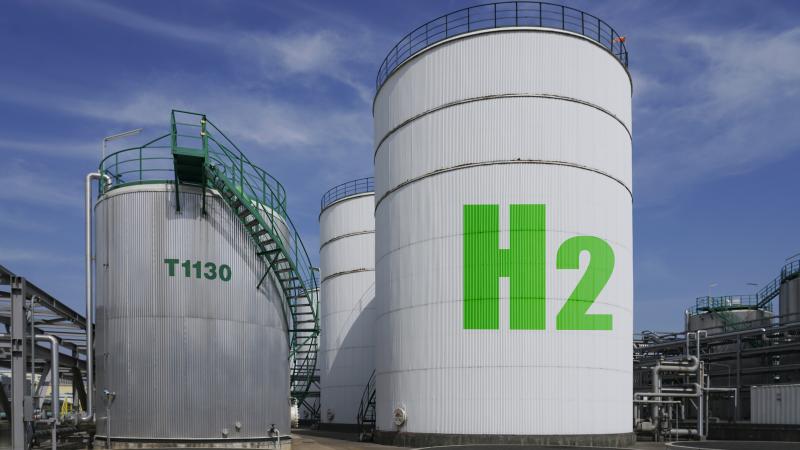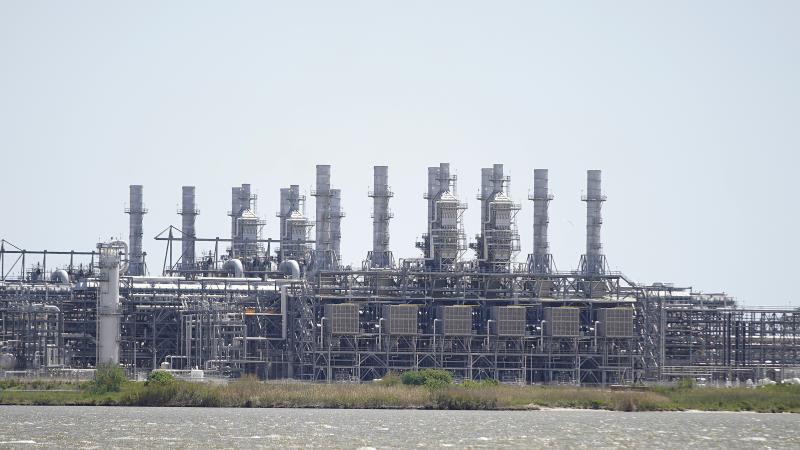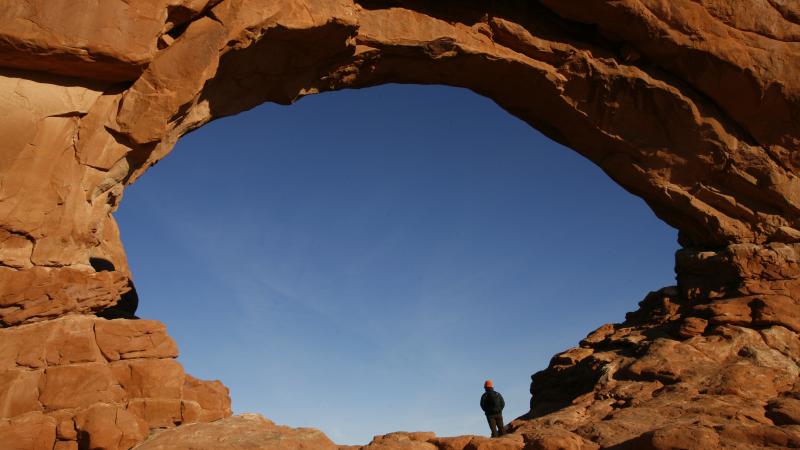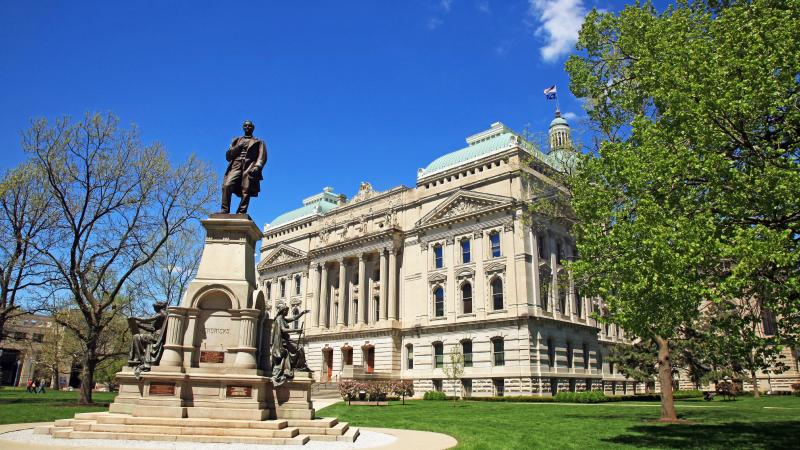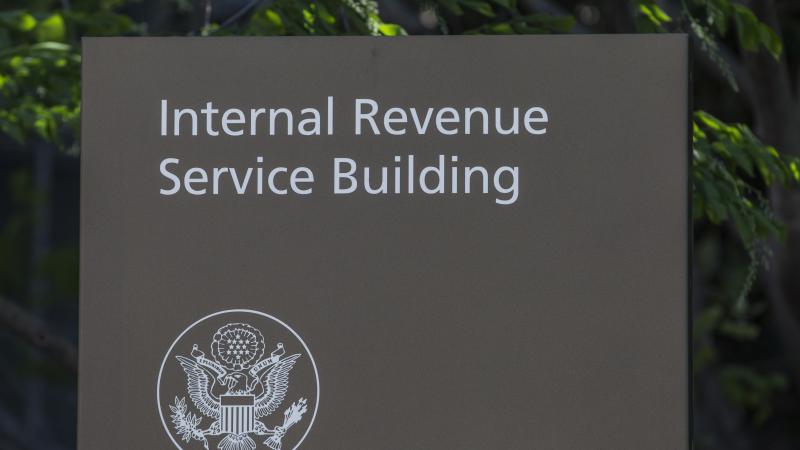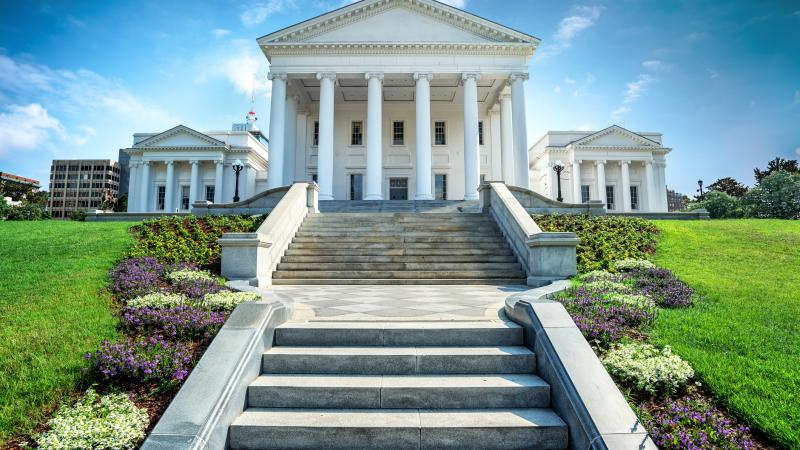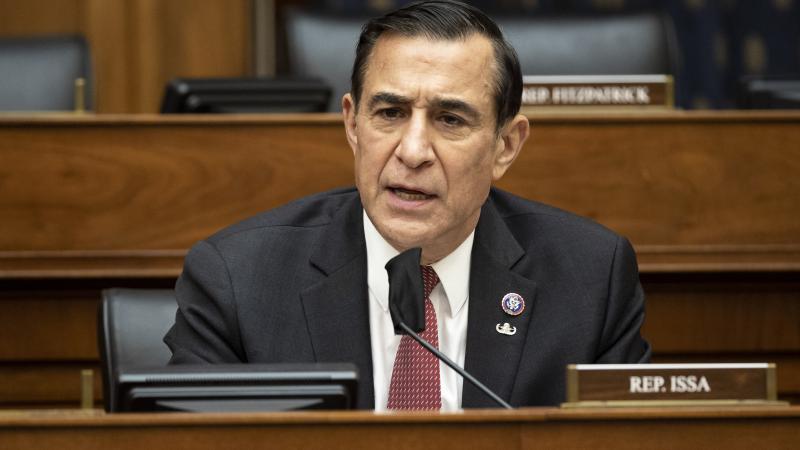Solar developers battle rural opposition in Ohio where state law protects local permitting agency
According to the Renewable Rejection Database, nearly 25% of the renewable projects rejected in the U.S. since 2013 have been in Ohio. “It's about money. None of these projects have anything to do with climate change. It's all about money,” says one expert.
In 2021, the Ohio legislature passed a law granting local entities the authority to approve or reject large renewable energy projects within their jurisdiction. Local opposition has become such a formidable force against the build-out of wind and solar that several states have passed laws limiting local authority or are considering such legislation. Ohio’s unique law, known as Senate Bill 52 (SB 52), has made the state a hotspot for renewable rejections by local authorities.
According to the Renewable Rejection Database, a project maintained by energy journalist Robert Bryce, 789 wind and solar projects have been rejected in the U.S. since 2013. Of those projects, 197 of them, or 25% of the total, were rejected by local governments in Ohio. Only five of those projects were rejected prior to 2021.
“This is one of the strongest affirmations of local zoning authority of any state in the country. And in the wake of that law passing and being signed into law, Ohio has, by far, been the leading state where local communities are saying, ‘We don't want wind and we don't want solar in our neighborhoods,’” Bryce told Just the News.
Unanimous local opposition to solar plant
The Ohio Supreme Court is currently considering an appeal from one solar developer whose project was rejected by the Ohio Power Siting Board. The developer had applied for the project prior to the 2021 law taking effect, so the decision rested with the state. The board determined that Vesper Energy’s Kingwood Solar, a 175-megawatt solar plant planned for Greene County east of Dayton, had met almost all requirements for a permit. The project would take up 1,200 acres, or about 50% more land than Central Park in New York City.
However, the board rejected the project based on the “unanimous opposition of every local government entity that borders the Project.” In its decision, the board noted that all three townships impacted by the project opposed it based on similar concerns, including land use, impacts on natural areas, impacts on agricultural land and property values.
In addition to the opposition from the local governments, the public comments in the case docket were also overwhelmingly opposed to the project, which the board said also demonstrated that the project isn’t in the public interest, convenience and necessity.
In oral arguments before the Ohio Supreme Court, a lawyer for the project argued that the board failed to follow state law in its analysis of whether the project is in the public interest. The board, the lawyer argued, rewrote the law in such a way that gives local governments veto power over projects, which state law had not granted them. The court is expected to come to a decision in the coming months.
Opposing "Big Solar"
The immense amount of land renewable projects require is what leads to the land-use conflicts between developers and local communities. Brendan Shea, a commissioner for Madison County, which lies between Dayton and Columbus in central Ohio, said that prior to SB 52, communities were at the mercy of the Power Siting Board.
“It was exclusively the decision of the Power Siting Board, and Ohio was really taken by storm with solar facilities on what many people would consider prime farmland,” Shea told Just the News.
Shea ran for his seat on a platform opposing “Big Solar,” and he said that a primary concern among his constituents about solar projects is their impact on farmland. The compaction of the soil and erosion, he said, prevent the land from being used again to grow crops. People in Madison County, he said, are also alarmed by the scale of the projects.
“Overnight we went from none to about 10,000 acres,” Shea said, speaking literally of the amount of acres taken up by the projects in the county.
The acres of solar farms in Madison County could increase by 60%. Prior to SB 52 taking effect, a developer applied for a permit for an 800-megawatt solar farm, a 300-megawatt battery facility, and associated transmission lines. The Oak Run Solar Project would take up 6,000 acres of Madison County, making it the largest solar project in Ohio, according to local news outlet WYSO. The Power Siting Board approved it in March 2024, WYSO reported. Shea said the county has appealed the approval to the Ohio Supreme Court.
Primary impact falls on rural citizens
The opposition of local residents to renewable projects isn’t unique to Ohio. A study by Columbia University’s Sabin Center for Climate Change Law published in June concluded that local opposition is becoming the primary impediment to the renewable energy industry’s ability to build wind and solar farms across the country.
Michigan, New York and Illinois, as well as other states with 100% carbon-free energy goals, have limited local control to block community opposition from getting in the way of net-zero plans approved by the state government. A bill in the Virginia legislature would have required local governments to follow state guidelines in siting solar projects, but the bill failed to pass, Inside Climate News reported, due to opposition from rural lawmakers. These lawmakers argued their rural communities would have endured the brunt of the bill's impacts, as solar projects are typically constructed away from urban population centers.
Local opposition is also not unique to the United States, either. Bryce recently started another database tracking renewable rejections outside the United States. Since 2023, he’s documented 85 projects rejected globally.
Bryce said that the developers will pursue their projects despite the local opposition because of the money that can be made from them. A recent study by the Cato Institute estimated that the subsidies flowing into wind, solar and other “green” energy projects could cost taxpayers nearly $5 trillion by 2050.
“It's about money. None of these projects have anything to do with climate change. It's all about money,” Bryce said.
The Facts Inside Our Reporter's Notebook
Links
- several states have passed laws
- known as Senate Bill 52 (SB 52)
- Renewable Rejection Database
- Robert Bryce
- considering an appeal
- rejected the project
- 50% more land than Central Park in New York City
- oral arguments before the Ohio Supreme Court
- immense amount of land renewable projects require
- Shea ran for his seat
- Oak Run Solar Project
- according to local news outlet WYSO
- WYSO reported
- local opposition is becoming the primary impediment
- Michigan
- have limited local control
- Inside Climate News reported
- another database tracking renewable rejections
- recent study by the Cato Institute
